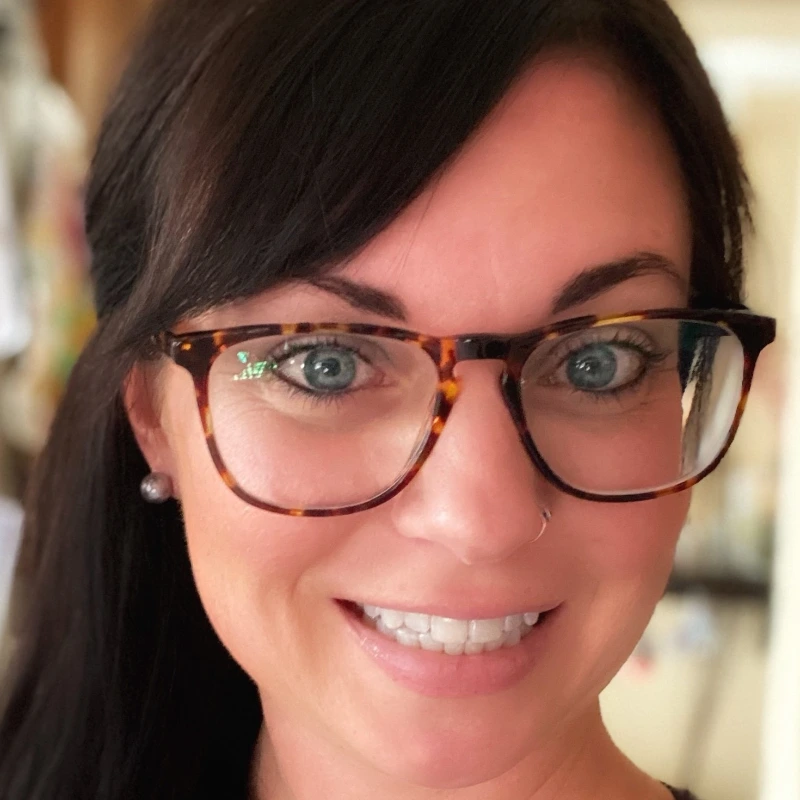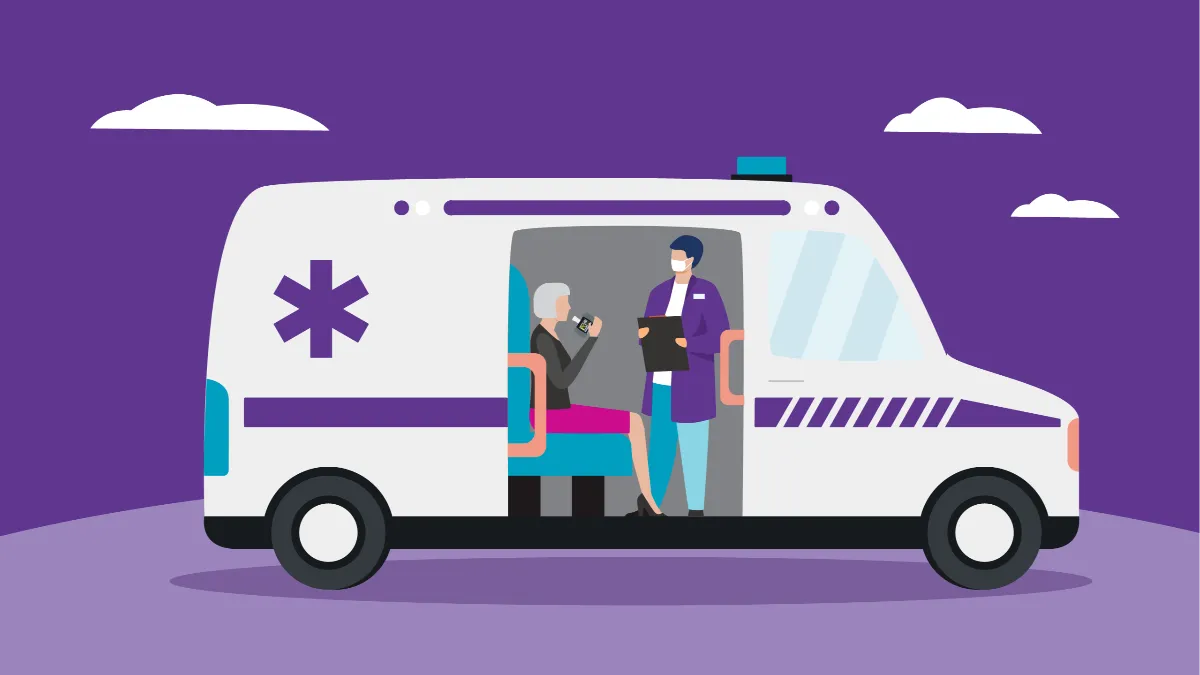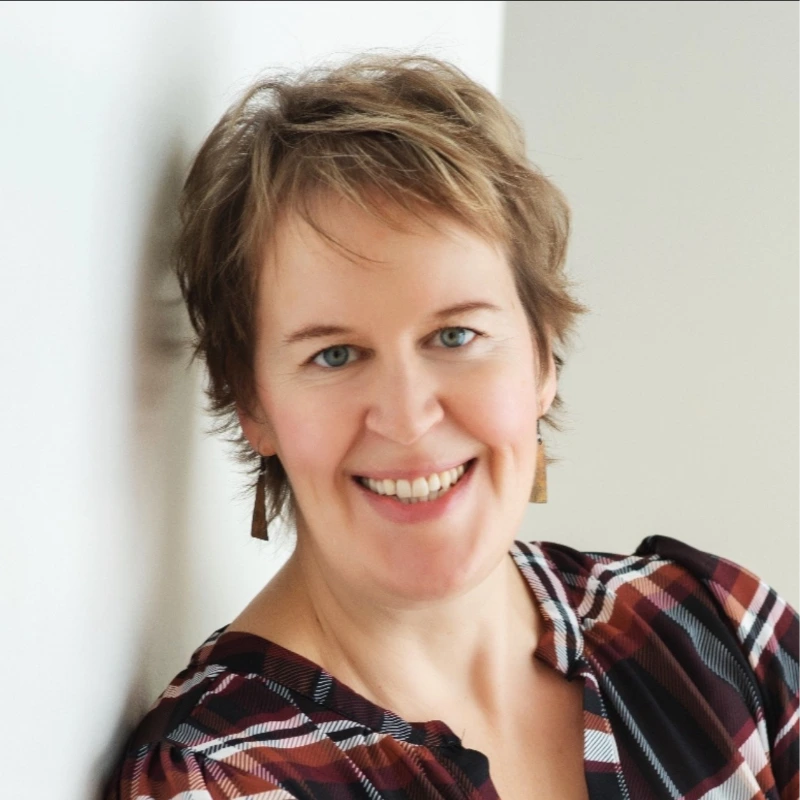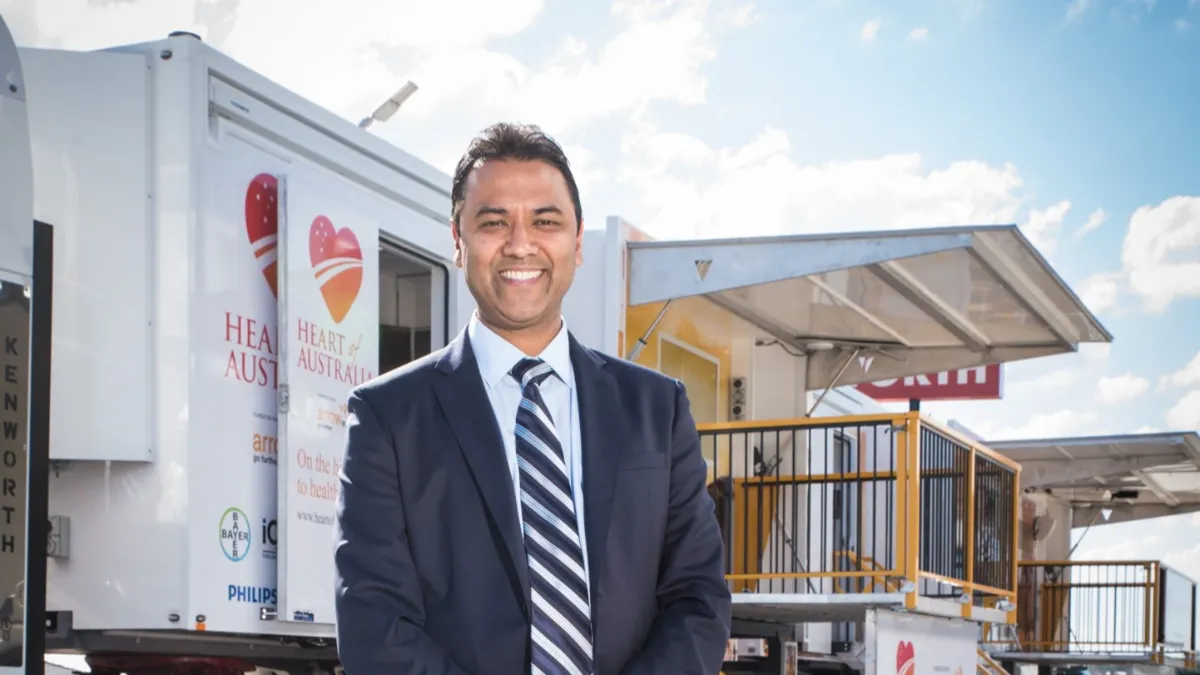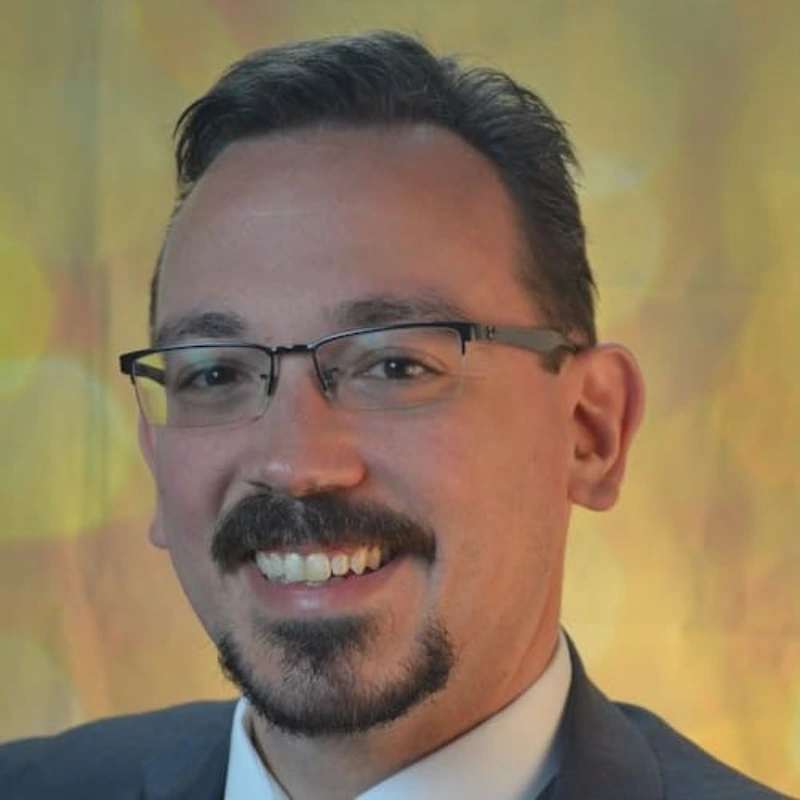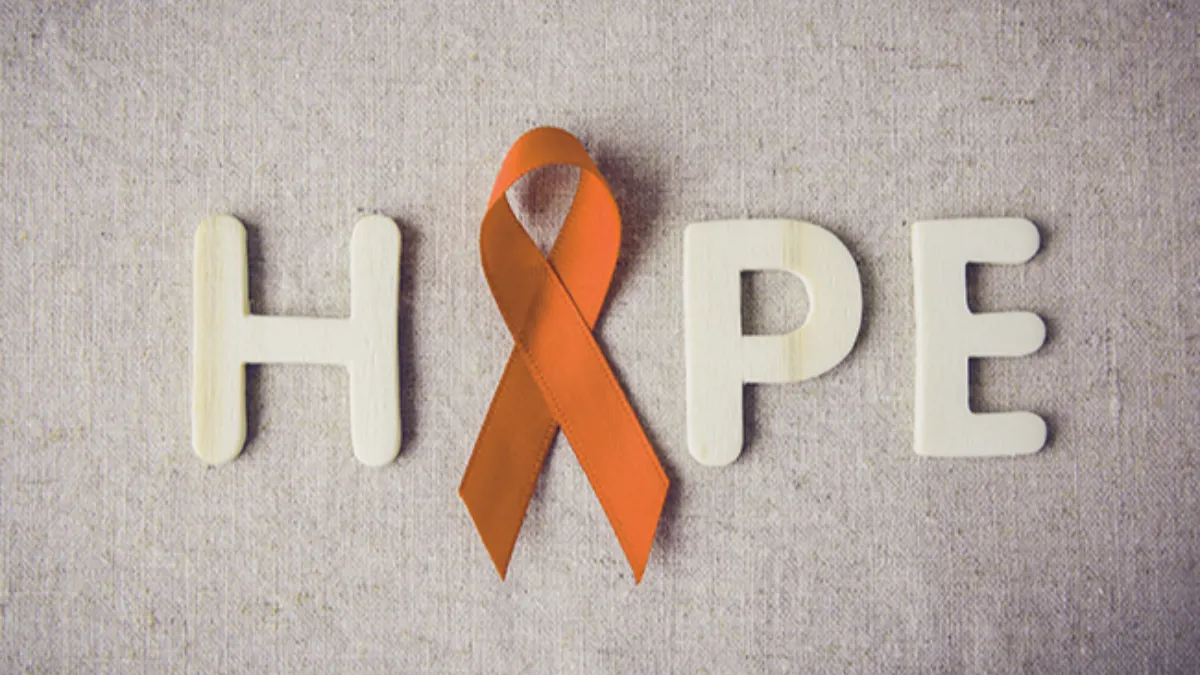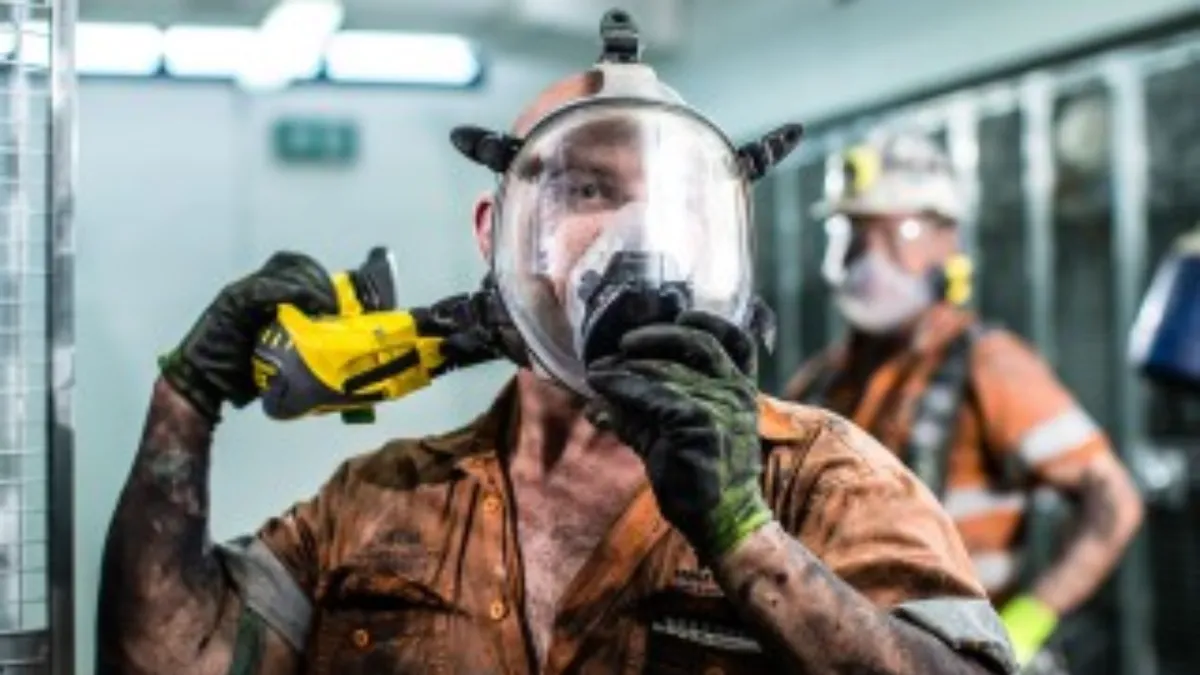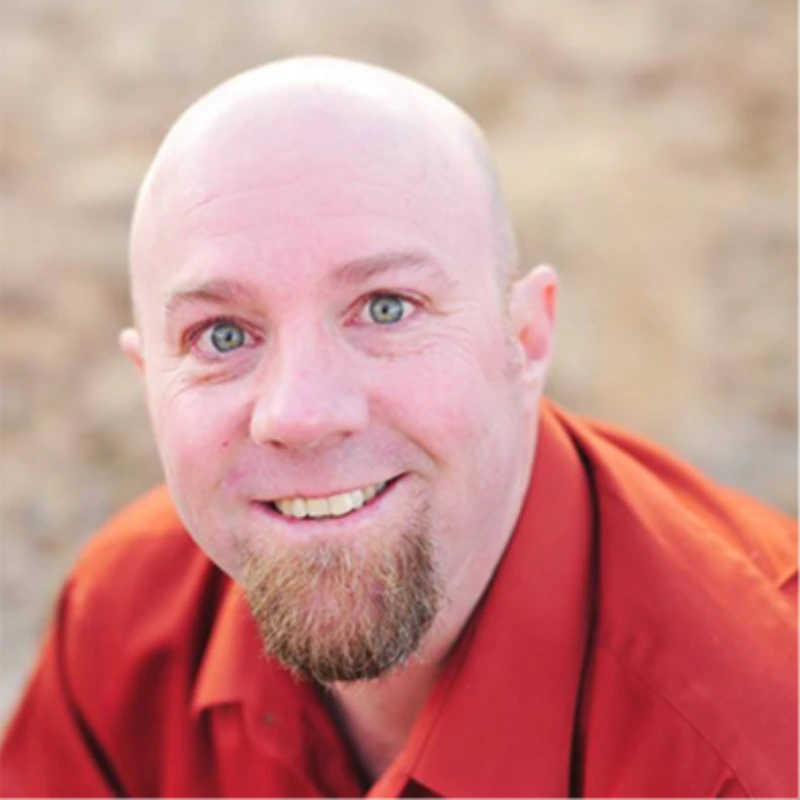Man on a mission - Making portable spirometry and respiratory testing possible in remote areas
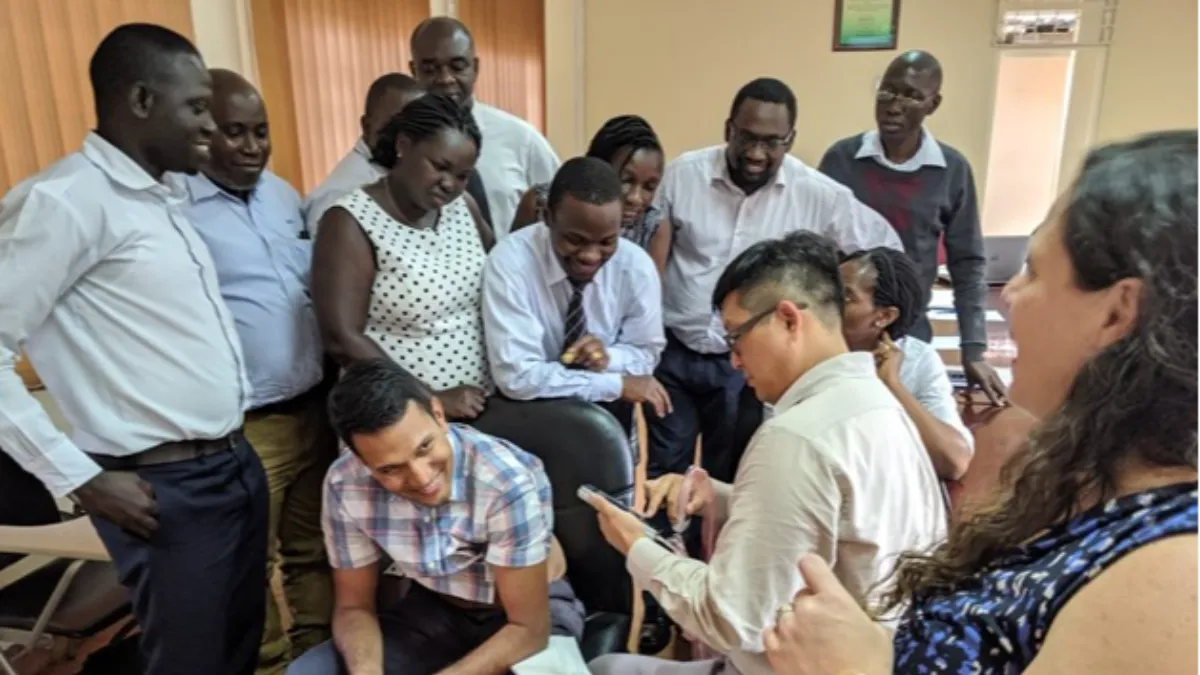
Improving lung health in low to mid-income locations with robust and easy-to-use Easy on-PC and EasyOne spirometry devices.
Portable spirometry in diagnosing COPD in low to mid-income areas #
Although more than 16 million Americans have been diagnosed with chronic obstructive pulmonary disease (COPD), the majority (over 90%) of non-communicable chronic respiratory diseases occur in low to middle-income countries with sadly, the vast majority of morbidity and mortality.
Dr Trishul Siddharthan, Assistant Professor in the department of Pulmonary Critical Care Medicine at Johns Hopkins University, is a man on a mission to change this. He has dedicated the last seven years to building important research and clinical capacity in countries such as Uganda and Peru to improve lung health.
“…when we only study these diseases in high-income settings, we don’t understand the different risk factors and profiles of the disease."
Dr Trishul explains that “The major problem is that when we only study these diseases in high-income settings, we don’t understand the different risk factors and profiles of the disease. For example, in the United States and Europe, tobacco exposure and an underlying deficit in alpha-1 antitrypsin are well-known risk factors for COPD. However, in low- and middle-income settings the profile of risk that results in COPD is actually much broader, including in utero birth defects, premature birth and chronic respiratory infections as children.”
Biomass fuel exposure and its increased risk of COPD #
One particular question that Trishul and his team has been looking at is biomass fuel exposure.
Around 3 billion households use biomass (dung, wood charcoal) every day to cook and heat their houses which produces an enormous amount of household air pollution that can sometimes exceed the risk threshold of tobacco for COPD.
Possible differences in COPD throughout lower income settings #
Understanding the possible contributors to COPD people are exposed to in remote or lower-income settings is the key to establishing a means of identifying early red flags, and improving the likelihood of an early diagnosis.
“I think we’re coming to a branch point within the research community, that perhaps these diseases in lower income settings are different."
Trishul supports this idea, by stating “I think we’re coming to a branch point within the research community, that perhaps these diseases in lower income settings are different. The question is whether or not they differentiate in how they respond to treatment. The significance of that is profound when you consider that the majority of morbidity and mortality occurs in these settings. Perhaps the treatments that we’re proposing in these settings don’t actually work and require us to rethink the entire pathology and histopathology of disease.”
And while pulmonologists and spirometry are widely available in high income settings, in low- and middle-income settings, an individual might have to drive 20-hours for testing or treatment, and spend more money than a family will make in an entire lifetime.
The importance of spirometry in diagnosing COPD #
Spirometry is now commonly available for the majority of major cities and hospital patients, but there is a large population of people who without remote care, or portable spirometry, will never be tested, never be diagnosed, and may suffer with COPD symptoms unnecessarily.
Trishul argues “It’s crazy to think there are entire regions of the world that don’t have access to diagnostics or treatment. One of the main reasons that COPD hasn’t been studied in these settings is due to this absence of diagnostic equipment, namely spirometry. You can’t diagnose COPD without it. So, our main focus is to figure out how we can do spirometry in the field and make it available at the point of care. How do you identify cases in the field—places where there’s no roads? We’ve been operating in areas where spirometry has never been done.”
In Uganda for instance, there are probably just three or four centres that have readily available access to spirometry for a population of 30 million people.
“If there’s only two dozen spirometers in a country of 30 million, you’re just never going to reach that threshold”
While Trishul and his team are now aiming to get equipment out to tertiary care centres, it was previously only available in the capital, Kampala.
“Ninety percent of the population in these countries live in rural settings, so there’s a huge gap in diagnostic equipment. It’s massive. If there’s only two dozen spirometers in a country of 30 million, you’re just never going to reach that threshold”
The advantages of portable spirometry in rural and difficult to reach areas #
Setting out to improve lung health in these regions isn’t an easy task. Trishul regularly faces challenges of roadless, rural environments armed only with what he can carry on his motorbike. This means that the equipment he and his team use needs to stand up to—and be easy to handle—in these challenging conditions.
“It’s difficult. Our conditions are really, really rough. We’re talking about tonnes of dust, areas without electricity, high humidity, high rain. We drop the equipment multiple times. So, we needed a technology that could be used over and over again in these conditions, that did not require calibration and was readily accessible. That’s the reason I use ndd’s Easy-On PC and EasyOne Air devices – they are easily accessed, easy to use in the field, and are very reliable – we do calibration checks but frankly the calibration just doesn’t change. I can do thousands of spirometry tests, drop the equipment on the ground, put them on the back of a motorcycle without any problems.”
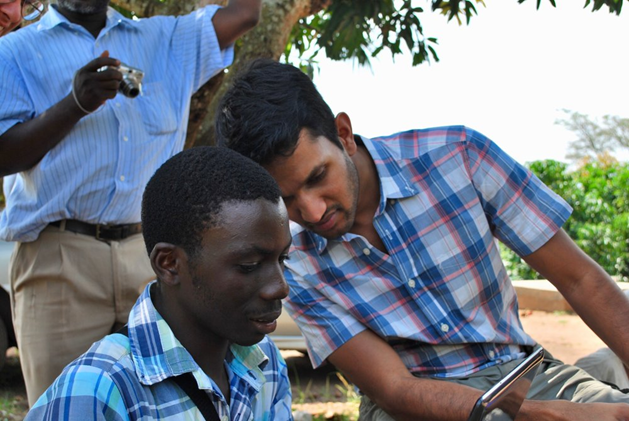
Robust, consistent and user-friendly pulmonary function testing #
Trishul estimates he has personally performed between 12,000 to 13,000 spirometric measurements, using the Easy-on PC spirometers and EasyOne Air instruments over the past five years. In addition to being extremely robust, ndd’s EasyOne spirometry and complete pulmonary function testing products are the most consistent and user-friendly lung function testing equipment on the market, helping clinicians to diagnose and treat lung disease with unmatched precision.
“As a team we’ve been able to diagnose around 200,000 people…”
As Trishul notes, “We’ve taken these things to places where they have never gone before and certainly weren’t designed for and we haven’t had any issues. As a team we’ve been able to diagnose around 200,000 people, which is a lot.”
DLCO with the EasyOne Pro LAB in Uganda #
Trishul is now looking to introduce diffusion capacity of the lungs for carbon monoxide (DLCO) testing to his projects with ndd’s EasyOne Pro LAB devices. DLCO is a readily available test in high-income settings and has been shown in studies to be a powerful predictor of survival in patients with COPD. It is used to pinpoint the type of respiratory disease when an obstruction or lung volume issues are predetermined. Even in high-income countries, over 50% of people living with COPD remain undiagnosed; the combination of DLCO with spirometry is a particularly valuable tool in COPD.
“DLCO is a much more sensitive measure when it comes to lung disease and lung disease progression” Trishul explains. “There is currently no DLCO capability in the whole of Uganda, due to the availability of gas as well as the technology needed. I just got the gas shipped from South Africa, so we’re starting to get that up and running at our sites. I think that will be a huge achievement.”
Spirometry and pulmonary function testing infrastructure in low-income settings #
Of course, it’s a huge undertaking to set up spirometry and pulmonary function testing in these settings, not least because it also comes with the concomitant obligation to set up the infrastructure to treat people, involving education, management and drugs.
“You have to have commitment.” Says Trishul. “And it’s important that the suppliers I work with have that same commitment to making it work, not just to their products. I have a very strong relationship with ndd – they’re committed to the mission. If they weren’t there to help me along the way, and if the products didn’t work, it would have been a nightmare. They were there when we needed help hooking up the DLCO gas at 7am in the morning because it’s 3pm for us. They’ve shipped me boxes and boxes of spirettes to my house overnight, just to make it work. That sort of relationship has made my life so much easier and saved us thousands and thousands of dollars, which frankly is important when we’re doing this kind of work. "
“That’s the reason why I keep coming back to ndd—it’s the kind of relationship I want—a commitment to the mission of the important work we’re doing.”




